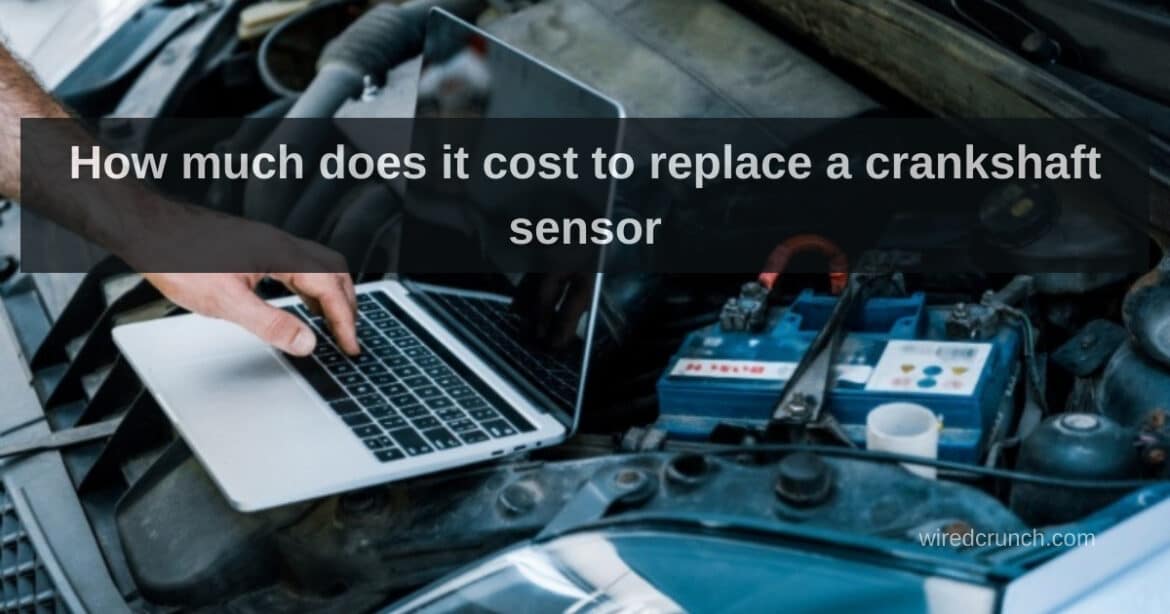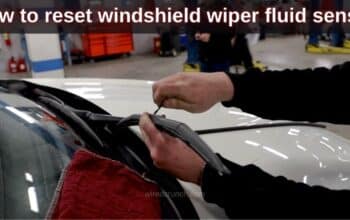Explore Factors Check out our articles to learn about the factors that affect the cost to replace a crankshaft sensor. Gain an understanding of the importance of this component in engine performance and understand how evolving sensor technology affects replacement costs. Vehicle maintenance costs are important to grasp. The crankshaft sensor, vital for engine operation, is a common concern. It tracks crankshaft rotation, critical for ignition timing and fuel delivery.
As automotive technology advances, traditional crankshaft sensors are giving way to precise but pricier Hall effect sensors. This introduction examines factors affecting the cost to replace a crankshaft sensor, highlighting its importance and the evolving sensor tech landscape.
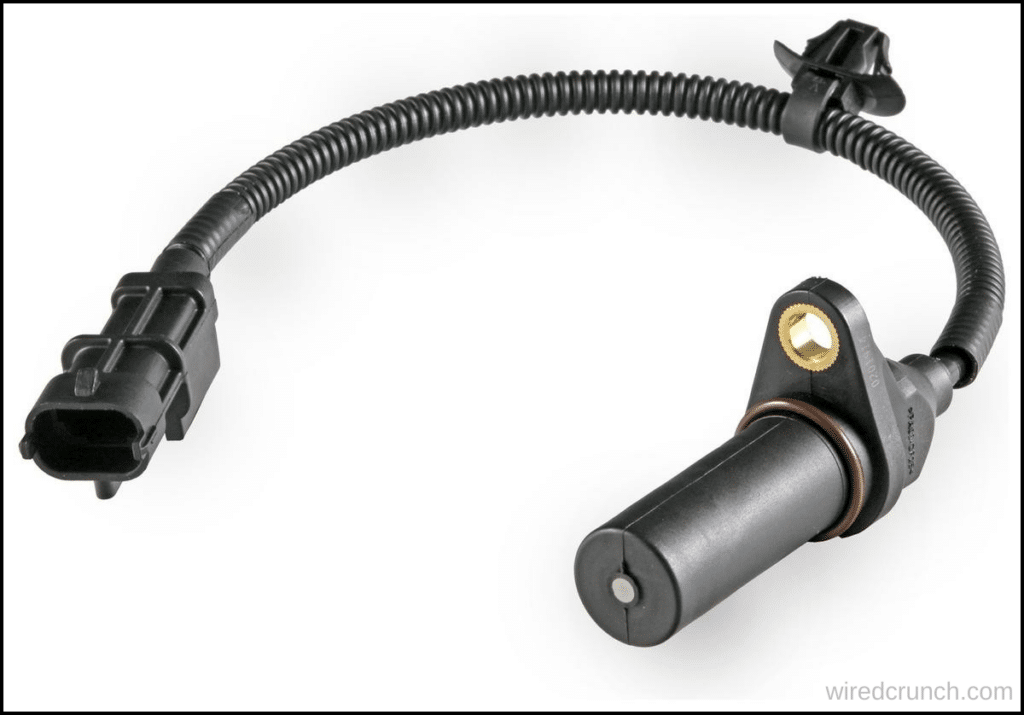
Table of Contents
Cost to replace a crankshaft sensor
The cost to replace a crankshaft sensor can vary based on different factors. From my experience, it depends on the type of car you have and the mechanic you go to. On average, you might spend between $150 and $350 for both the sensor and the labor.
The time it takes to fix can range from 1 to 2 hours, depending on how tricky the repair is. But if you own a fancy or hard-to-reach car, the price could go up, sometimes even doubling. Usually, mechanics use new parts, often the original ones, not aftermarket ones. Luckily, a skilled mechanic can quickly figure out if the crankshaft sensor is the issue.
Resource Highlights If your engine is experiencing problems like reduced performance or even failure to start, a malfunctioning crankshaft sensor could be the culprit. If you’ve identified this as the issue, this guide will walk you through the necessary steps to replace it.
Steps to replace a crankshaft sensor
When tests show that a replacement part will be required, it’s time to replace a crankshaft sensor. Let’s take a look at the steps needed to complete the replacement.

Step 1: Get the vehicle prepared
If using a ramp, raise the vehicle properly utilizing the manufacturer’s specified lifting points. This will allow you to access the crankshaft sensor.
Step 2: Unplug the electrical connection
Locate the electric connection of the crankshaft sensor and disconnect it from the engine wiring harness. Always check the electrical plug for any signs of corrosion or water entry.
Step 3: Remove the crankshaft sensor
Take out the retaining bolt, which might become easier to remove once loosened. In certain vehicles, you might have to remove some components to enhance accessibility. Then, remove the sensor.
Step 4: Insert the new crankshaft sensor
Install the replacement crankshaft sensor into position, and secure it by reattaching the retaining bolt. Be sure to tighten the bolt to the specified torque as indicated in the manufacturer’s guide.
Step 5: Reconnect the electrics
Connect the electrical connector to restore the signal from the crankshaft sensor to the ECU.
Step 6: Lower the car from the lift
Lower the vehicle back onto the workshop floor.
Step 7: Run diagnostics and clear codes
If the engine light remains illuminated, utilize a scanning tool to conduct an OBD check. Clear any codes related to the sensor. Verify if the new part necessitates calibration, which the diagnostic tool will indicate.
How Long Does a Crankshaft Sensor Last
Replace a crankshaft sensor is essential for maintaining a smoothly running engine. While these sensors can last for years, various factors like driving conditions and maintenance habits can impact their lifespan. Therefore, it’s crucial to have your sensor inspected regularly and replaced when necessary.
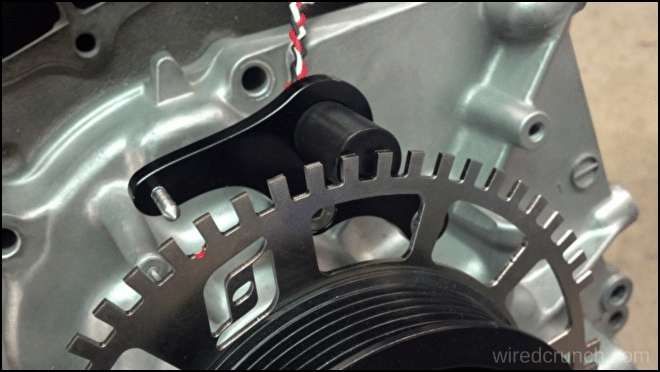
Symptoms of a Bad Camshaft Sensor
Having a bad camshaft can make your car run poorly in different ways. Sometimes, it gives warnings first, like a check engine light (CEL), before failing completely.
Here are some symptoms you might notice if your camshaft sensor isn’t working well:
- Check engine light comes on
- The car runs poorly, with jerks and surges
- The car won’t start
- Engine stalls
- The sudden decrease in fuel economy
- Poor acceleration
- Shifting problems
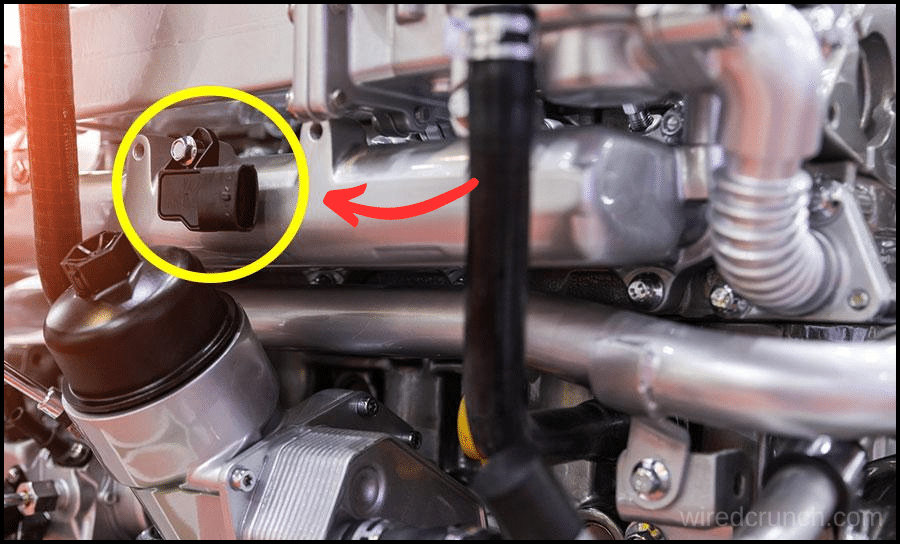
Conclusion
Although the crankshaft position sensor is only a small part of the engine, its role cannot be ignored. When it comes to replace a crankshaft sensor, you may encounter various stores selling these sensors, both online and offline. However, determining the best choice can be challenging.
Frequently Asked Questions (FAQs)
How long does a crankshaft sensor take to replace?
The engine does not need to be pulled to replace this sensor. The manual says the replacement should only take about 30 minutes
What happens if you don’t replace a crankshaft sensor?
If the CKP sensor goes bad, the PCM won’t know when to fire the spark plugs and when to operate the fuel injectors. Because of this malfunction, the engine may become starved of fuel or may lack the spark it needs to run. Therefore, it may become difficult or impossible to start the engine
Can I replace a crankshaft sensor myself and save money?
It’s technically possible to replace a crankshaft sensor yourself, but it’s much less painful to have an expert do it. Because the crankshaft position sensor lies in such a sensitive region of the engine, amateur mechanics run the risk of causing further damage by attempting a MacGyver-style fix.
How much does it cost to replace a crankshaft sensor on a Honda Civic?
The typical price range for replacing a Honda Civic’s crankshaft position sensor falls between $175 and $243. Labor expenses are usually estimated from $87 to $110, with parts priced around $87 to $133. Taxes, fees, and your specific location are not included in this estimate. Additionally, you may require related repairs.
What would happen to a car if the crankshaft sensor were faulty?
The crankshaft sensor is responsible for monitoring the position and speed of the crankshaft, which is crucial for the engine’s operation. A faulty crankshaft sensor could cause problems such as difficulty starting the engine, poor acceleration, stalling, or even preventing the engine from starting altogether.
READ MORE :
What Does A Knock Sensor Do On A Vehicle
How Much Does it Cost to Replace an Airbag Sensor
Explore the Knock Sensor Replacement Price
Transmission Sensor Replacement Cost
I have a professional background with a Diploma in Information Communication Technology, which brings a blend of technical expertise and creative flair to my writing. Currently, I serve as a writer for Creativeoutrank LLC and contribute to their various websites.
I’m writing is a ref... Read more
